Acest text a fost compus de către Marele Geshe Langri Tangpa, considerat una dintre încarnările de mai demult ale liniei Trijang Rinpoche. Aceste versete arată ideea centrală din Buddhism, şi anume de a face bine tuturor fiinţelor, şi gândurile de zi cu zi care duc la acel scop. Aceste versete pot fi privite şi ca tema centrală a învăţătorilor de la centrele Rabten, precum şi a maeştrilor din linia lor de transmitere.
A ne antrena atitudinea prin gândurile descrise de aceste versete – aceasta este cea mai valoroasă meditaţie, iar a recita zilnic aceste versete este cea mai bună rugăciune, lipsită de toate diferențele pe care credem de obicei că le vedem între religii şi tradiţii.
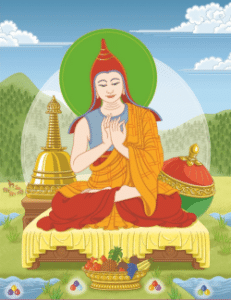
Cu gândul de-a împlini Trezirea
Spre binele făpturilor
Mai de preț ca nestemata
Ce fiece dorință-mplinește,
Oricând, neprețuite ele toate-mi vor fi.
Când, de fiece dată, cu ceilalți voi fi,
Cel mai mărunt mă voi socoti
Iar din adâncul minții
Mai presus ca mine pe toți îi voi găsi.
În orice faptă cugetul îmi voi cerceta
Iar când o tulburare-n el va încolți,
Vătămătoare mie sau multor altora,
Neșovăielnic, o voi înfrunta, alunga.
Oricând, pe oricine-ar fi să-ntâlnesc,
De-o fire-nverșunată pătruns,
Copleșit de aprigă karmă și grea suferință,
Ca pe-un odor de preț ce tocmai am găsit
Voi vedea o așa rară ființă.
Dacă-mpinși de invidie, ceilalți
Mă ocărăsc, mă ponegresc cu dispreț,
Doar lor izbânda voi lăsa
Și-n fața-nfrângerii mă voi înclina.
De-ar fi ca acela cui bine-am făcut
Și-n care totdeauna adânc am crezut,
Să mă lovească aprig și fără cruțare,
El pentru mine, oricând, va fi Învățătorul cel Mare.
Pe scurt, așadar:
Ființelor toate, mamele mele,
Mijlocit sau vădit,
Belșugul, fericirea le voi aduce-n dar
Iar a lor rele fapte povară
Și-ntreaga lor durere,
Asupra-mi voi lua, tăinuit, în tăcere.
Deslușind că-i simpla-nchipuire tot ce-apare,
Voi ține nepătate aceste aplicații
De-ntinările celor opt lumești ocupații
Și-oi izbăvi ființele toate,
Eu însumi lipsit de-atașare,
De-a karmei și-a cugetului beznă prinsoare.
Traducere din franceză
Mircea Costin Glăvan


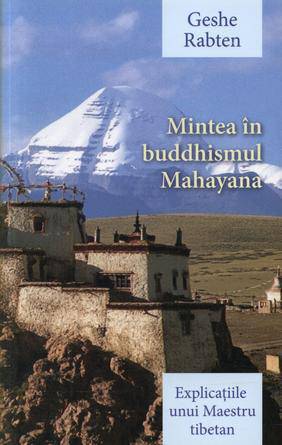 Autor: Geshe Rabten Rinpoche
Autor: Geshe Rabten Rinpoche

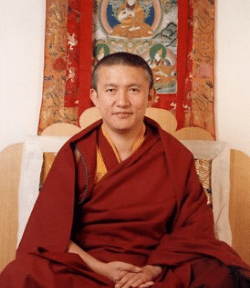
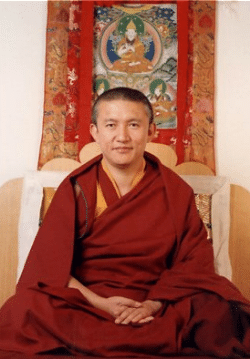
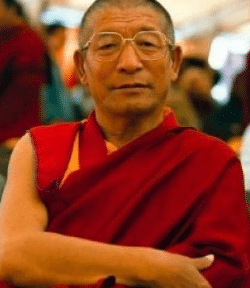

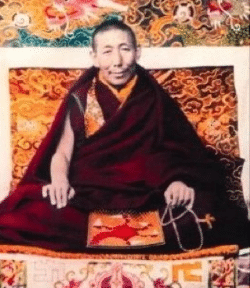

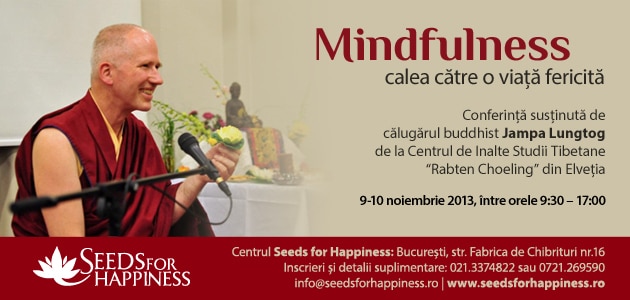
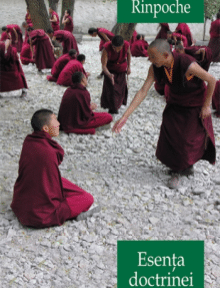
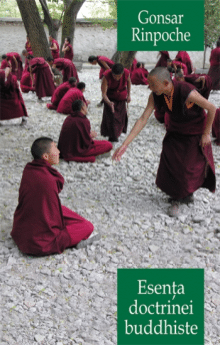 Autor: Gonsar Rinpoche
Autor: Gonsar Rinpoche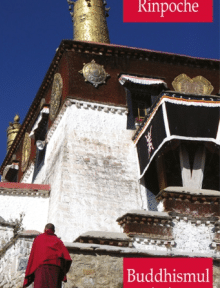
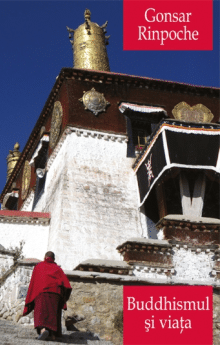 Autor: Gonsar Rinpoche
Autor: Gonsar Rinpoche
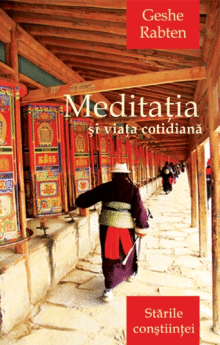 Autor: Geshe Rabten Rinpoche
Autor: Geshe Rabten Rinpoche